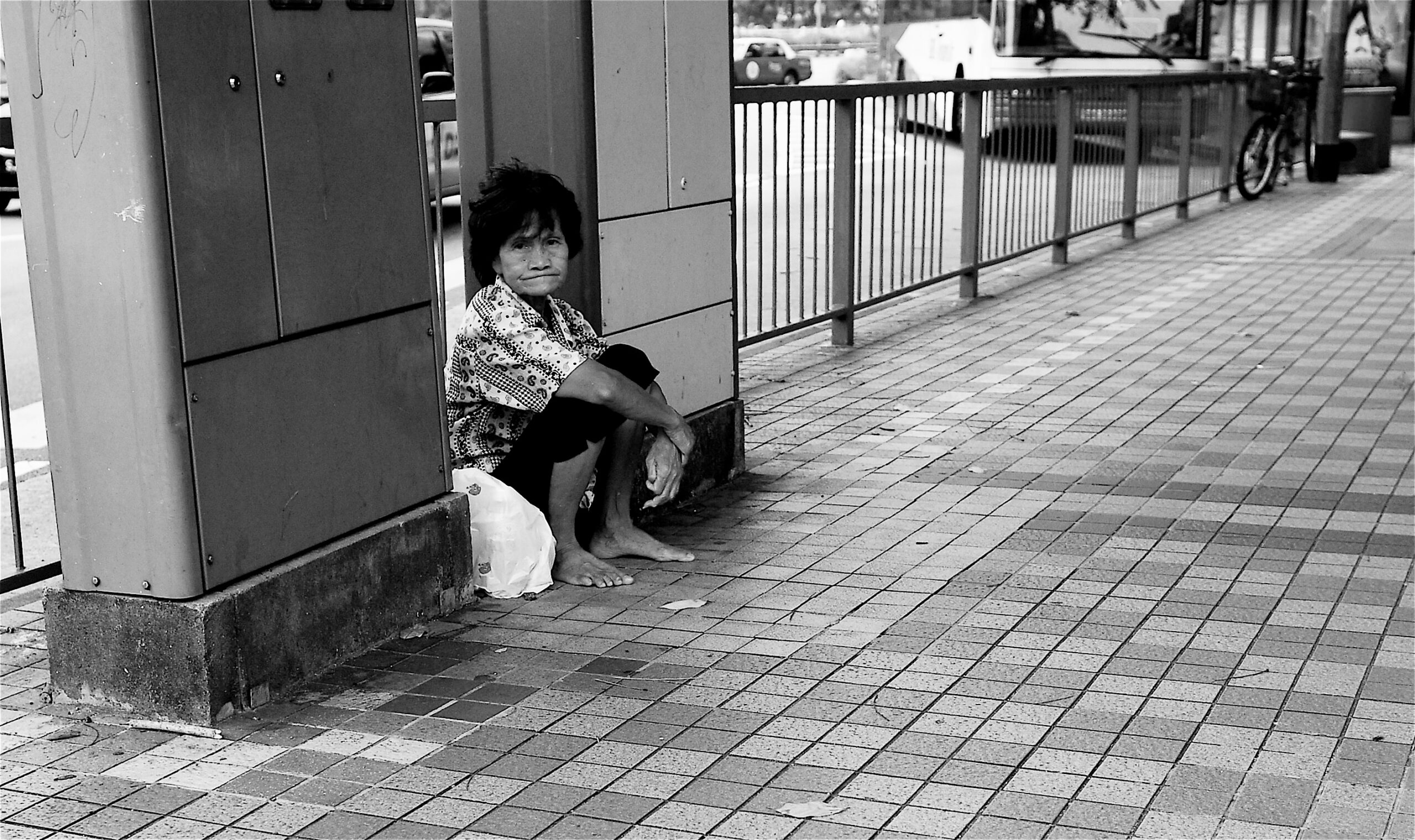- Name of Project – Gurkha School
- Director – Kesang Tseten, Shunyata Films
- Country – Nepal
- Broadcaster – Al Jazeera (Witness)
The Gurkhas from Nepal have been historically known for their loyalty, physical strength and courage and are well known as a martial race. The British began recruiting Nepalis for a special elite brigade way back in 1815, and till today there are Gurkha battalions in British, Singapore, Indian and Brunei armies. Over 220,000 Gurkhas fought for Britain in World War I. More recently, the Singapore government sent a Gurkha contingent along with the police to help settle the riot in Little India in December 2013.
For many Nepalis, serving the British army is a strong family tradition, but the competition to join is fierce. Gurkha School looks at the process that young men go through to join the British army.
Kesang Tseten, a Kathmandu-based documentary filmmaker has always been fascinated with the subject matter of migrant workers. His two previous documentaries have dealt with migrant workers from Nepal working in the Middle East. The Gurkha School is the third film by Kesang in which he looks at the mindset, economic conditions and family pressures that drive young men to leave their country in search of what they hope will be a better future.
The film has a unique treatment, different from what’s usually popular in commercial television. The narrative is observational, making the pace of the film slow, but this very fact allows the characters to reveal more in a natural style. It is an interesting choice of treatment, more suited to the characters featured in the film.
The rough cut was leaked out accidentally, and the film was seen by 60,000 people all over the world on YouTube. Kesang took it as an affirmation of the unique narrative. I think it’s a great idea that can be incorporated as a strategy for filmmakers-leak out parts of your film to check out audience response to command a better price with broadcasters or distributors.
I asked Kesang about the process he went through in making the documentary-
1. The narrative treatment of the documentary is unique. Why did you choose your narrative treatment? Was your film targeted mainly at the festival audience?
I was increasingly interested in the observational or direct cinema approach, after watching a lot of Frederick Wiseman, the Maysle brothers, and so on. And the subject of soldier recruitment, I felt, was perfect for being an observational film trying to find a cinematic narrative from action, what happens, rather than from people telling us why and what. It was the approach as much as the subject that drew me to the Gurkha film. The film was not targeted at anyone in mind. I mean we film and try to make sense of what we film, let the material speak to us. Fortunately, Nepali audiences, high and low, festivals as well as television, to an extent, liked the treatment.
2. Were the characters comfortable with the camera in the background? In hindsight, would you have done anything differently in your treatment or story?
The so-called characters were comfortable, but they weren’t deep characters, as you know. I had to find stratagems to make them ignore me and my small camera while my camera person was filming the more formal action. I don’t actually think people are ever totally unaware of the camera. It’s more that they have more important things to be preoccupied with, ie how will they do in the heaves, the run, the interview, etc. Also, perhaps people want to speak, to tell us indirectly perhaps what they are going through.
3. The single biggest challenge during the entire production process…
Getting permission. I had no idea it would be near impossible to get permission to film the recruitment. I didn’t think it was such a secret, the entire process of why should they allow anyone in. As luck would have it, I got in through a personal connection. I happened to know a former British army general who vouched for me, taking a huge risk. They still wanted to see my films and interview me, but the recommendation was what got me in.
4. Can you share with us the process you went through in getting the funds to produce your films?
Some of my films have been funded by development agencies that deal with the issues my film has been about, for example, migrant workers. The migrant workers go to Malaysia and the Gulf for over two million. This affects every aspect of development and thus I was able to make films about the world and realities of the migrant worker. I have also been supported by IDFA several times, and Busan, and by the Finnish and Norwegian governments in my last film (Who will be a Gurkha). You apply to these places with a proposal, outline, treatment and a rough cut to these places.
5. What has your distribution strategy?
My film premiered at IDFA as an official selection and has travelled to 20 film festivals around the world. It has been taken to several villages, and released on 70-plus cinema screens. The original feature length of the film was 75 minutes long and the one broadcast on Al Jazeera was a shorter 47 minutes. Plus, the rough cut was leaked and put on YouTube for a long enough time for 60,000 to view it! I also think online is definitely a more sustainable option for documentary film distribution. After all, a filmmaker takes a year or more to make a film, so showing it in festivals and occasional screenings is clearly not enough.

 Young men trying their luck to get into the Gurkha School
Young men trying their luck to get into the Gurkha School


